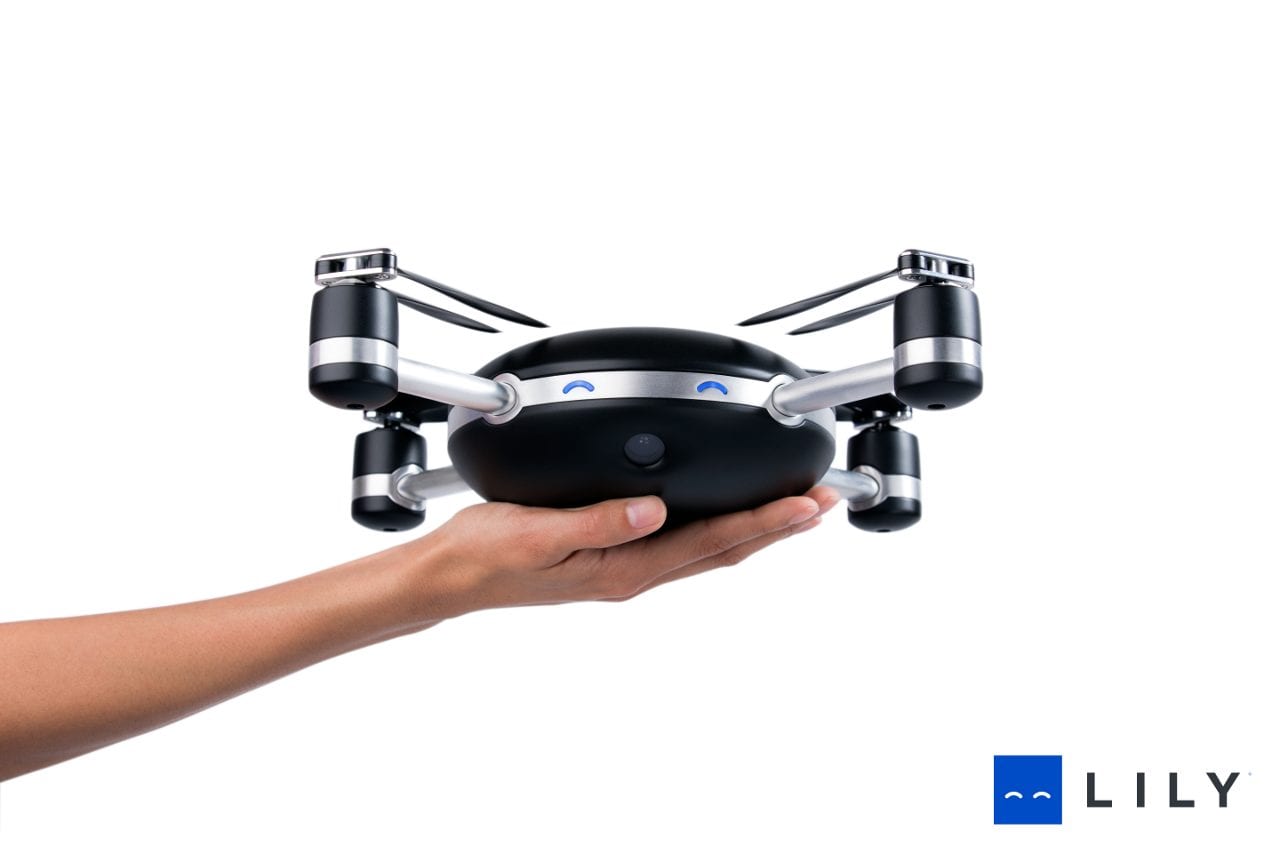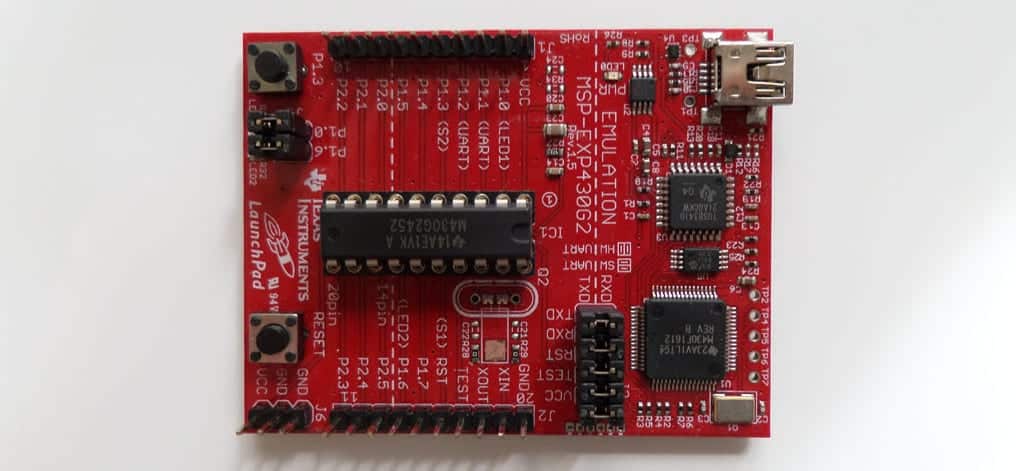GoPro was founded in 2002, and proceeded to revolutionize our ability to record ourselves during adventures and sporting activities which traditional cameras were just not built for. They were designed for attachment to bikes, helmets, vehicles, and more so you wouldn’t have to hold your camera. Traditional cameras already had various kinds of mounting equipment available, but it just wasn’t convenient and ready-made for consumers like the GoPro cameras. GoPro eventually exploded into a tremendously successful company.

Image obtained with thanks from Lily.
If anyone wants to record themselves riding, skiing, or anything of the sort, they will probably buy a GoPro. Despite their great design, the stability of your GoPro videos will be limited to the stability of whatever you’re riding on, but that will soon change as drone technology has gotten very good. The Lily Drone recently made its debut, and it is a flying, water-resistant camera. Imagine a GoPro that can follow you and capture the entire scene! Not just what’s in front of you. The Lily Drone isn’t just a flying camera though: Let’s take a look at what it can do.
Unlike a conventional quadcopter, the Lily Drone flies itself and it can follow you, so you don’t have to worry about the controls. What makes the Lily Drone technology impressive is its ability to follow you from behind, in front of you, from the side, and even circle around you. It knows how to position itself just right. In addition to that, it can record video in 1080p (1920 x 1080/full HD) at up to 60 frames per second (fps), or slow-motion video at 120 fps. It can also take 12 MP still images.

Image obtained with thanks from Lily.
Sadly, the Lily Drones won’t be delivered until February 2016. You can preorder them from now for $599 (plus $20 shipping), though. $600 is steep, however, the GoPro HERO4 Silver costs $400. An extra $200 could get you a much more convenient product.
Drone cameras don’t have to be built to the high (and expensive) durability standard that helmet cameras like the GoPro are, as they won’t be rolling around on the ground, slamming into things and dropping all the time, etc, so they have a chance at competing with helmet/vehicle cameras. To be fair to the GoPro and other helmet cameras, the runtime of drones is much shorter.
Standalone cameras in general can easily run for more than an hour, and if you spend some extra money: 4 hours. Drones usually fly for well under 30 minutes at a time, not only due to their battery life and high power consumption, but the time rating of their propulsion fan motors.
A motor’s time rating is a measure of how long the motor can run (continuously) before it overheats. The longer the time rating, the more expensive the motor will be. Motors with a higher time rating tend to be physically larger too. Drones would have to be beefed up (both physically, and in price) substantially to achieve the runtime of standalone cameras like the GoPro models.







